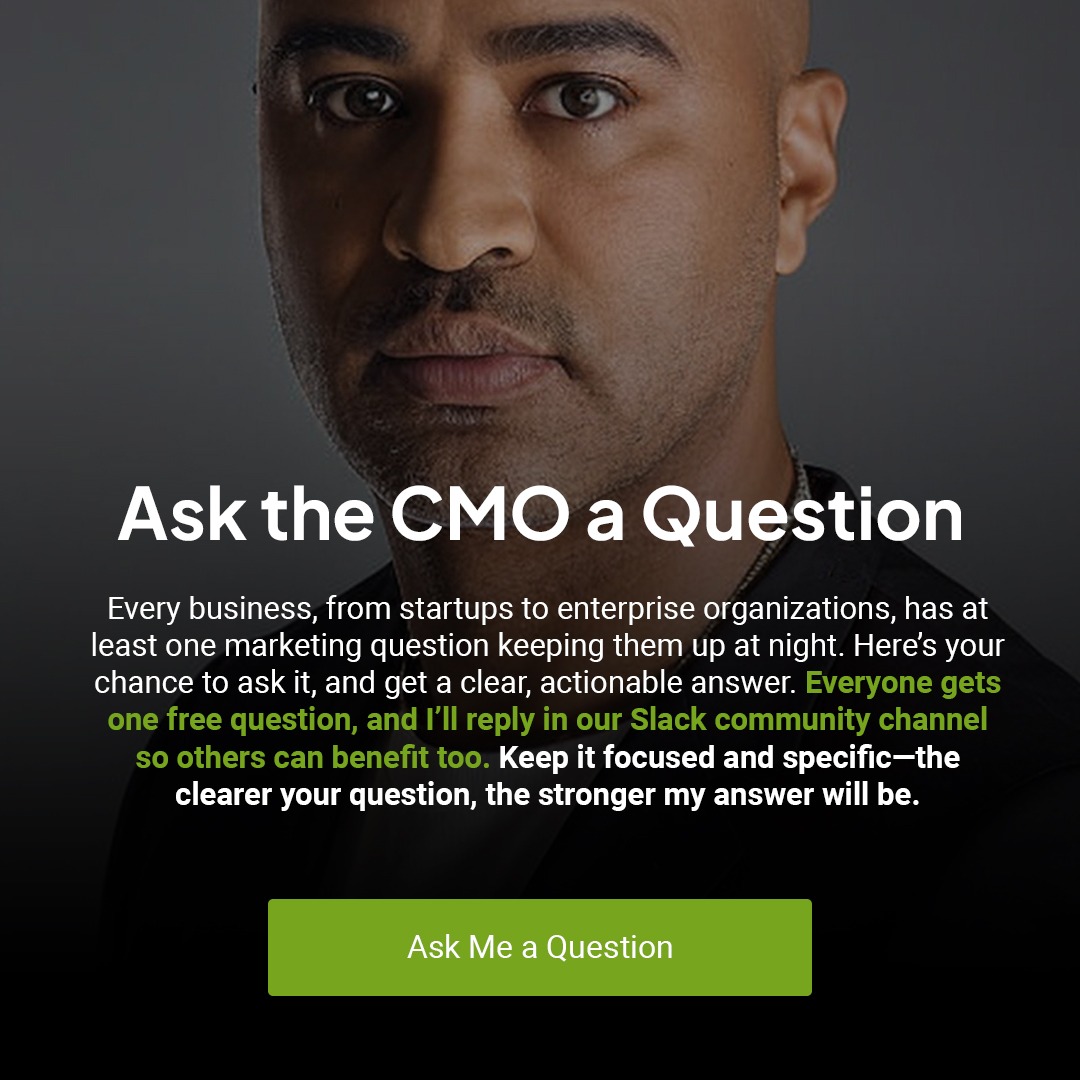Most founders build their first leadership teams for speed, comfort, and alignment. Understandably, you’re strapped for time and need people who can execute fast. But comfort and alignment quickly calcify into groupthink, where no one challenges bad ideas or flags blind spots.
If your team always agrees with you, they’re not leading. They’re deferring. And if they’re always fighting you, they’re not collaborating—creating chaos. The goal is a high-functioning leadership team that challenges you strategically, communicates clearly, and respects the mission more than their egos.
This article will show you how to build that team. One that sharpens you, pressures your ideas, and moves as one.
The Dangers of an Agreeable Team
Consensus feels good, but it’s often a trap. When everyone agrees too quickly, it’s rarely because the idea is excellent. It’s because:
- You’ve hired people who are too junior to push back: When team members lack seniority or confidence, they’re unlikely to raise concerns or offer alternative viewpoints, weakening the quality of decision-making.
- You’ve signaled that disagreement isn’t welcome: Founders who shut down debate—intentionally or not—create a culture where silence is safer than honesty, leading to passive compliance rather than active leadership.
- The team lacks psychological safety or decision-making clarity. Without a safe environment or clear expectations, leaders will not speak up, even if they see major risks or flaws.
The cost? You miss strategic alternatives. Bad ideas get greenlit. You become the single point of failure in your company’s direction.
Great companies are built by leaders who are willing to be wrong and by teams that know how to challenge them constructively.
What Healthy Challenge Looks Like
Challenge isn’t yelling in a boardroom. It’s not backchannel resistance or passive-aggressive dissent. It’s structured, timely, mission-aligned disagreement.
Here’s what that looks like:
- Pushing for clarity on ambiguous decisions: Great leaders ask hard questions and demand specificity when directions are unclear or overly broad.
- Stress-testing assumptions with data or experience: Strong teams challenge assumptions with hard evidence or past lessons rather than accepting surface-level thinking.
- Introducing second-order thinking before a significant move: They think through downstream consequences and explore unintended outcomes before acting.
- Playing devil’s advocate for long-term risk scenarios: A capable team will challenge overly optimistic plans by highlighting what could go wrong and how to mitigate it.
Done well, this kind of challenge sharpens ideas, builds shared ownership, and creates durable alignment.
Step 1: Hire for Intellectual Independence, Not Cultural Conformity
Many founders over-index on culture fit early. The result is a team that thinks the same, acts the same, and agrees the same. What you need instead is cultural alignment paired with intellectual diversity. Look for people who:
- Have led teams through ambiguity: Leaders with real-world experience navigating uncertainty know how to make decisions without perfect information.
- Make decisions based on principle, not politics: These individuals anchor their choices in strategy and mission, not popularity or politics.
- Ask thoughtful interview questions: Candidates who probe deeply show curiosity, self-awareness, and a willingness to challenge assumptions.
- Disagree respectfully and constructively: Look for people who can challenge ideas without attacking individuals—a key skill in high-functioning teams.
You’re not building a fan club. You’re building a company. Hire people who want to improve the work, not just make you comfortable.
Step 2: Define the Rules of Engagement Early
High-performing teams don’t avoid conflict—they regulate it.
At the leadership level, that means:
- Setting expectations that disagreement is required, not optional: Let your team know that voicing concerns and alternative perspectives is not just allowed—it’s expected.
- Creating structures for decision-making (e.g., disagree and commit): Clear frameworks help manage disagreement without stalling progress or damaging morale.
- Making postmortems a regular, non-emotional practice: Debriefing failures and successes as a team builds shared learning and eliminates blame culture.
- Reward team members for raising red flags, not just solving problems: Celebrating people who prevent issues early shows your team that thoughtful dissent is valued.
When challenge is built into the system, it stops feeling like conflict and starts feeling like collaboration.
Step 3: Build Psychological Safety with Strategic Boundaries
Psychological safety isn’t about making people feel good. It’s about permitting them to challenge ideas without political consequences. But it must be paired with clarity:
- What decisions are open to debate? Make clear which discussions are collaborative and final, so people know when and how to speak up.
- Who makes the final call? Clarity around decision rights reduces confusion and resentment when choices are made.
- What’s the escalation path when alignment breaks down? Provide a straightforward method for resolving disagreements so issues don’t fester or become political.
Without boundaries, safety becomes chaos. But when expectations are clear, safety becomes strength.
Step 4: Model the Behavior You Want
Founders set the tone. If you flinch when challenged, others will shut down. If you react emotionally, your team will stop being honest. If you dominate every meeting, no one else will lead.
Show your team that challenge is welcome by:
- Publicly changing your mind when persuaded: When a founder shifts their stance based on team input, it signals that truth matters more than ego.
- Asking others to stress-test your thinking: This invites scrutiny and shows the team that challenging leadership is not only safe—it’s encouraged.
- Giving credit when others improve your ideas: Recognizing contributions builds trust and reinforces the behavior you want to see.
- Inviting dissent early in the process, not after you’ve made a decision: Early feedback helps refine decisions before they calcify, avoiding performative collaboration.
You can’t ask for trust without showing vulnerability. Be the example.
Step 5: Promote Alignment, Not Uniformity
Uniformity is everyone thinking alike. Alignment is when everyone moves in the same direction, even if they have taken different paths to get there.
Use rituals like:
- Weekly leadership syncs with open-agenda time: These meetings encourage organic conversations and unearth strategic blind spots before they escalate.
- Pre-mortem meetings before big launches: Forecasting what could go wrong allows teams to anticipate risk and proactively plan around it.
- Structured debates where people argue both sides of a decision: This technique surfaces hidden assumptions and helps the team rally around a well-vetted plan.
These create space for disagreement, surface risks early, and keep the team moving together.
Red Flags to Watch For
- No one ever challenges your ideas: This signals either fear, disengagement, or overdependence on the founder’s perspective.
- People agree in meetings but disagree in private: It reflects a culture where dissent is unsafe and decisions aren’t being made transparently.
- Debates feel personal, not professional: Emotional arguments suggest unresolved tension or lack of psychological safety in your team.
- You’re surprised by decisions that should’ve been surfaced earlier: When key issues emerge late, it shows people are operating in silos or avoiding hard conversations.
If any of these sound familiar, your team is underperforming—not because it lacks talent but because it lacks clarity.
Conclusion: Challenge Is a Leadership Asset
Great founders aren’t just visionaries. They’re builders of high-trust, high-challenge teams. Teams that raise the bar, pressure test every decision, and make the company smarter with every meeting. The goal isn’t harmony. It’s constructive friction. The kind that drives insight, alignment, and better outcomes. If your leadership team always agrees with you, your business is only as innovative as you are. And that’s a risk you can’t afford.
Keep Reading
Want more? Here are some other blog posts you might be interested in.
Most B2B “lead problems” are not lead problems. They are “we never got them to a meeting” problems. The ad did its ...
Your customers expect to be tricked (unfortunately). They have seen bait pricing. They have fought to cancel. They have waited on ...
Confusing a launch plan with a GTM strategy is one of the fastest ways to stall growth. A launch plan gets ...
For founders and growing companies
Get all the tips, stories and resources you didn’t know you needed – straight to your email!




